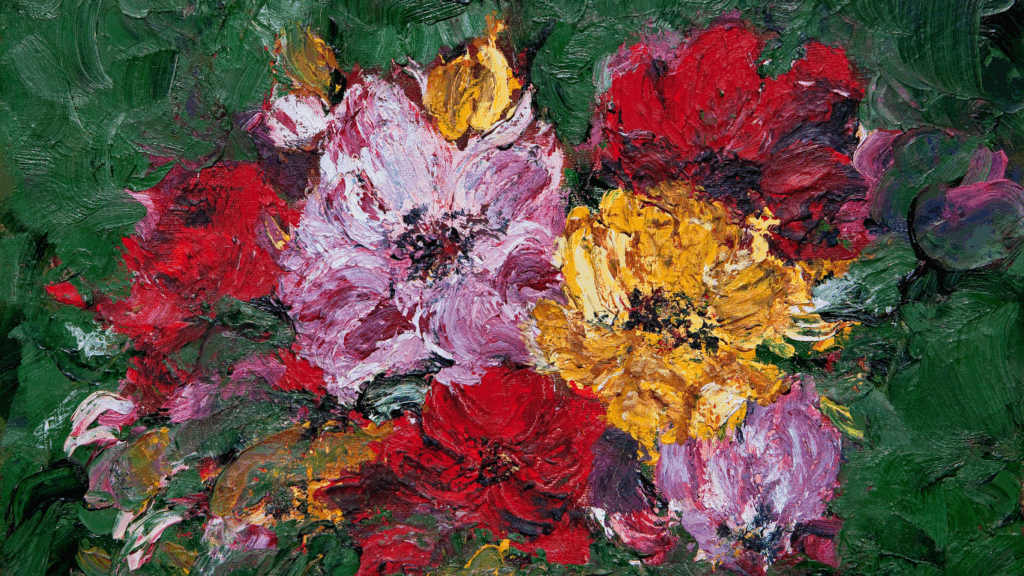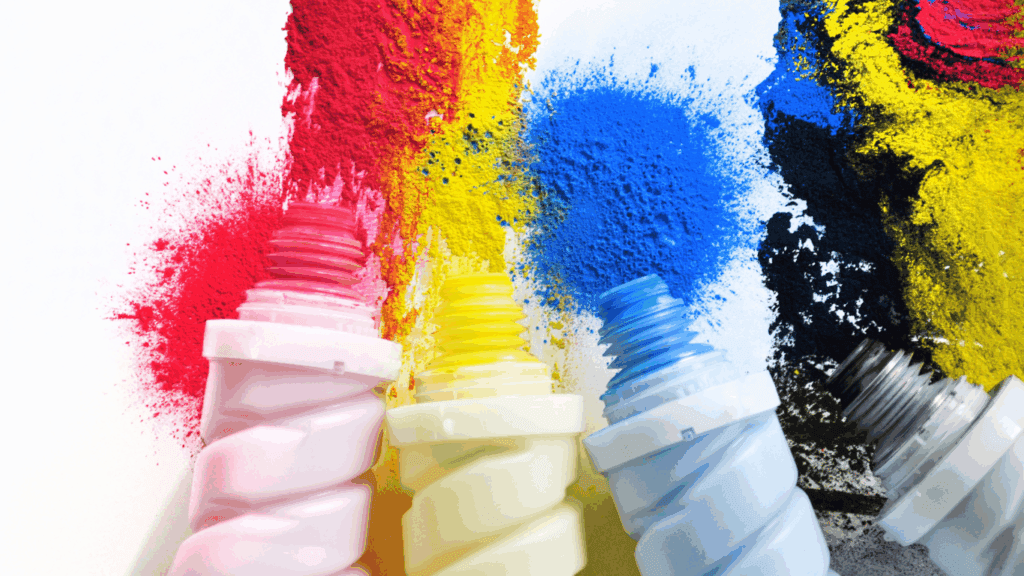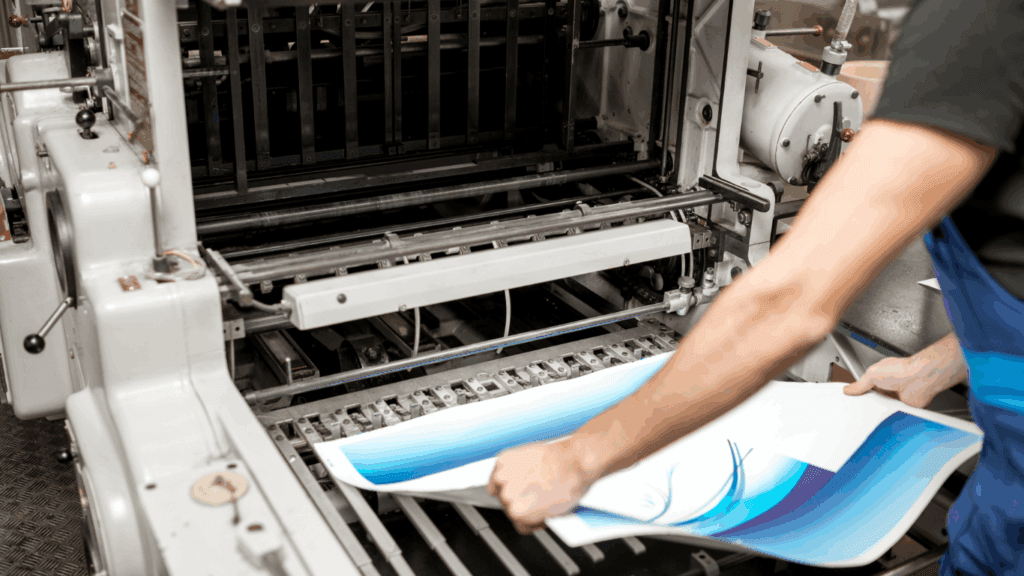Your cart is currently empty!


Custom Prints for Every Business & Occasion


“Art is not what you see, but what you make others see.” – Edgar Degas.
When it comes to displaying and preserving your work, Giclee Print and Digital prints aren’t just technical options—they shape how your art is experienced. The way your image is reproduced can influence its value, its longevity, and the emotional impact it leaves on others.
Let’s break down what makes these two printing methods so different, when to use each, and how to make the best choice for your project.

A Giclee Print is a form of digital reproduction that uses archival-quality inks and papers to create highly detailed and vibrant representations of artworks. The term “giclee” originates from the French word gicler, which means “to spray.” This reflects the precise inkjet printing technique behind the process.
Giclee prints are commonly used by artists, galleries, and museums to replicate original artworks because they provide exceptional accuracy and color vibrancy. These are museum-quality reproductions with colors and skin tones that are true to the original piece.
What makes them stand out is their use of archival materials—pigment-based inks and acid-free paper—designed to resist fading and degradation over time. When properly cared for, these prints can last decades, even a century.
Digital prints use standard inks or toner on various paper stocks. While they may not match the archival quality of Giclee, they’re fast, affordable, and flexible. Digital printing is ideal for commercial use, marketing materials, signage, and larger print runs.
The colors can be slightly toned down compared to Giclee prints, but for many applications, the quality is more than sufficient. Businesses, event organizers, and artists often choose digital printing for its cost-effectiveness and speed.

Giclee prints produce smooth gradients, vibrant colors, and crisp detail. Every brushstroke and subtle tonal shift can be captured.
Digital prints, while sharp, don’t offer the same depth or color precision.
Giclee uses archival paper and pigment inks, giving it museum-level durability.
Digital prints typically use standard materials, which are more prone to fading over time.
Giclee prints require specialized equipment and higher-quality materials, which increases cost and production time.
Digital prints can be mass-produced quickly at a lower price point.


If your work needs to last for decades and maintain its value, Giclee is the way to go. If your priority is speed, cost, and reach, digital printing makes more sense.
Collectors, galleries, and serious art buyers often expect Giclee quality.
For marketing campaigns or business displays, digital prints offer a practical, budget-friendly solution.
Giclee is an investment. Digital printing is more accessible and scalable. Align your choice with your project goals and pricing strategy.
Both Giclee Print and Digital prints serve important roles in the creative world. Giclee delivers unmatched quality and longevity, making it ideal for fine art reproductions and limited editions. Digital printing, meanwhile, is fast, cost-effective, and perfect for commercial and everyday applications.
Choosing the right method ensures your work is presented in the best light—whether it’s hanging in a gallery or printed on hundreds of flyers.
Quikprint
Professional printing in Oakville, ON
📞 289-386-5005 | 🌐 www.quikprint.ca
Your work deserves the right print. Let’s make it look exceptional.